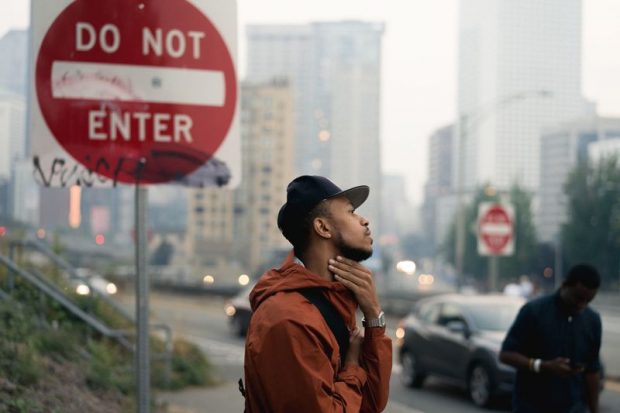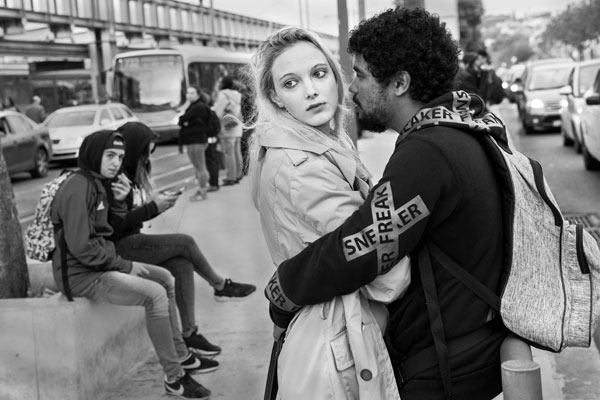The Best Strategy To Use For Framing Streets
Excitement About Framing Streets
Table of ContentsThe smart Trick of Framing Streets That Nobody is Talking AboutLittle Known Facts About Framing Streets.A Biased View of Framing StreetsThe 15-Second Trick For Framing StreetsThe 8-Minute Rule for Framing StreetsWhat Does Framing Streets Mean?
Photography style "Crufts Canine Show 1968" by Tony Ray-Jones Road digital photography (likewise sometimes called candid digital photography) is photography carried out for art or inquiry that includes unmediated chance encounters and arbitrary incidents within public places, normally with the purpose of capturing pictures at a crucial or emotional moment by careful framing and timing. 
6 Easy Facts About Framing Streets Described
Susan Sontag, 1977 Road digital photography can concentrate on people and their actions in public. In this respect, the street photographer resembles social documentary photographers or photographers who additionally operate in public areas, but with the purpose of capturing relevant occasions. Any of these professional photographers' photos might catch individuals and residential property visible within or from public locations, which typically requires navigating moral issues and regulations of personal privacy, security, and property.
Depictions of daily public life create a category in virtually every duration of world art, starting in the pre-historic, Sumerian, Egyptian and early Buddhist art periods. Art taking care of the life of the street, whether within views of cityscapes, or as the dominant motif, shows up in the West in the canon of the North Renaissance, Baroque, Rococo, of Romanticism, Realistic look, Impressionism and Post-Impressionism.
The Basic Principles Of Framing Streets
Louis Daguerre: "Blvd du Temple" (1838 or 1839) In 1838 or 1839 the first picture of figures in the road was recorded by Louis-Jacques-Mand Daguerre in among a pair of daguerreotype views taken from his studio window of the Blvd du Temple in Paris. The second, made at the elevation of the day, shows an unpopulated stretch of road, while the other was taken at regarding 8:00 am, and as Beaumont Newhall records, "The Boulevard, so continuously loaded with a relocating crowd of pedestrians and carriages was perfectly solitary, other than an individual that was having his boots brushed.
As a result his boots and legs were well defined, however he lacks body or head, since these remained in motion." Charles Ngre, waterseller Charles Ngre. https://fl-miami.cataloxy.us/firms/framingstreets.com.htm was the very first digital photographer to obtain the technological class required to sign up people in activity on the road in Paris in 1851. Professional Photographer John Thomson, a Scotsman working with reporter and social lobbyist Adolphe Smith, released Street Life in London in twelve month-to-month installations starting in February 1877
All about Framing Streets
Eugene Atget is considered as a progenitor, not due to the fact that he was the first of his kind, but as an outcome of the popularisation in the late 1920s of his document of Parisian roads by Berenice Abbott, that was inspired to carry out a similar documentation of New York City. [] As the city developed, Atget assisted to advertise Parisian roads as a deserving topic for digital photography.

The Of Framing Streets
Martin is the very first tape-recorded digital photographer to do so in London with a disguised camera. Mass-Observation was a social study organisation established in 1937 which intended to record daily life in why not try these out Britain and to tape the reactions of the 'man-in-the-street' to King Edward VIII's abdication in 1936 to marry separation Wallis Simpson, and the succession of George VI. The chief Mass-Observationists were anthropologist Tom Harrisson in Bolton and poet Charles Madge in London, and their initial record was produced as the publication "May the Twelfth: Mass-Observation Day-Surveys 1937 by over 2 hundred observers" [] Window cleaner at Kottbusser Tor, Berlin, by Elsa Thiemann c. 1946 The post-war French Humanist College digital photographers found their topics on the road or in the restaurant. In between 1946 and 1957 Le Groupe des XV every year exhibited work of this kind. Andre Kertesz. Circus, Budapest, 19 May 1920 Road digital photography formed the major material of two exhibits at the Gallery of Modern Art (Mo, MA) in New York curated by Edward Steichen, Five French Digital Photographers: Brassai; Cartier-Bresson, Doisneau, Ronis, Izis in 1951 to 1952, and Post-war European Photography in 1953, which exported the idea of road photography worldwide.

Top Guidelines Of Framing Streets
, then a teacher of young youngsters, connected with Evans in 193839.'s 1958 publication,, was significant; raw and commonly out of emphasis, Frank's photos examined mainstream digital photography of the time, "tested all the official rules laid down by Henri Cartier-Bresson and Walker Evans" and "flew in the face of the wholesome pictorialism and heartfelt photojournalism of American magazines like LIFE and Time".